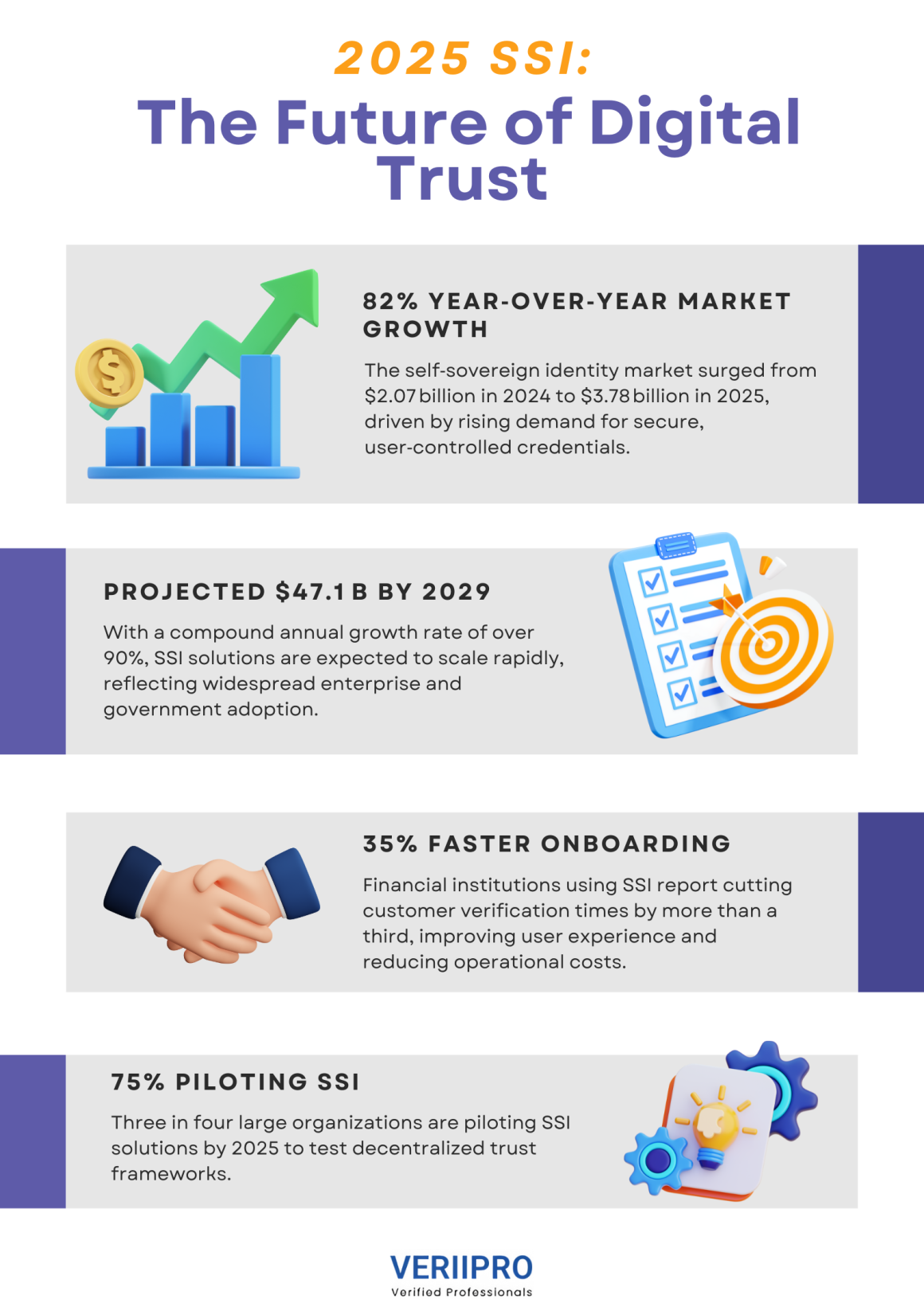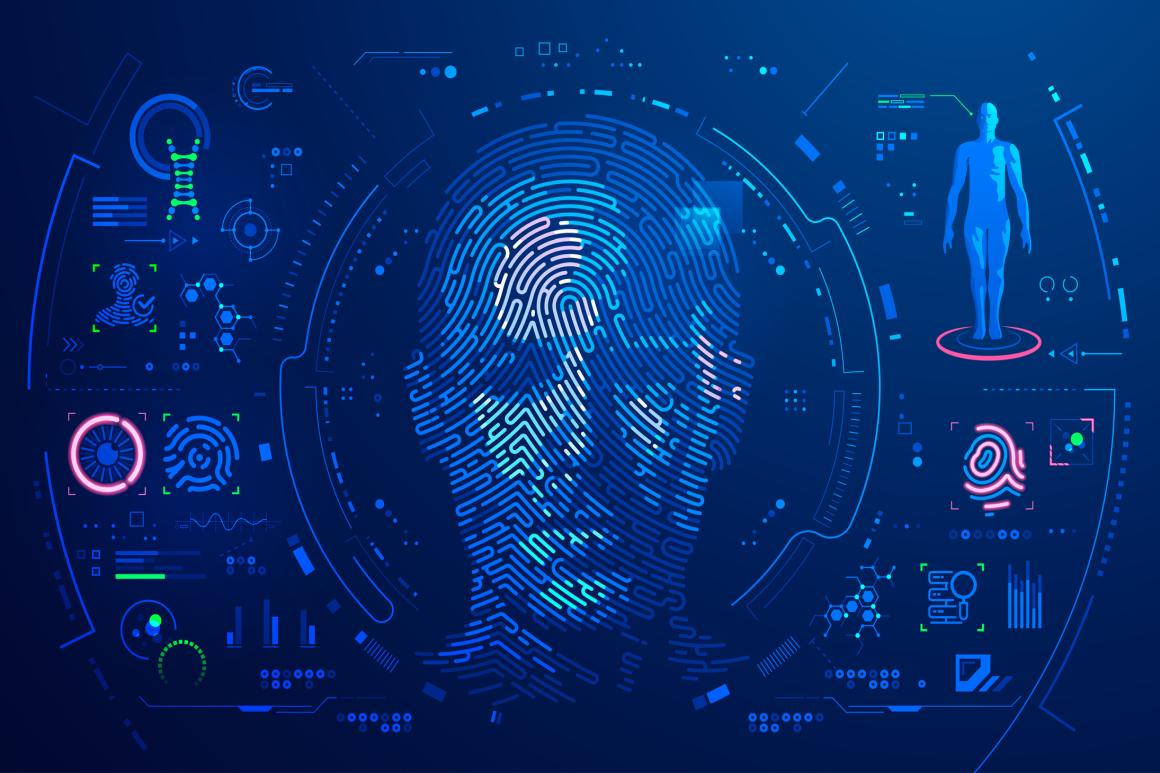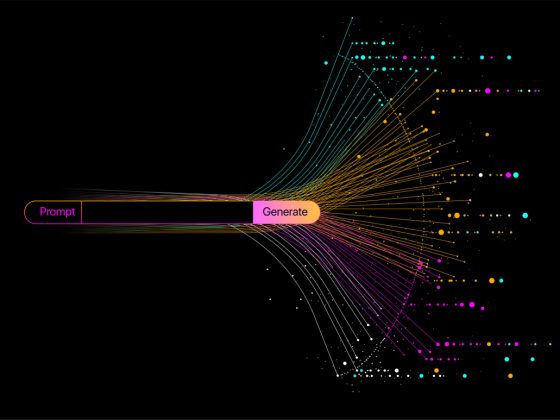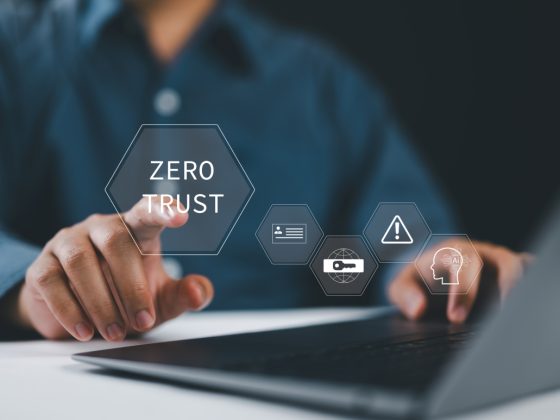Identity Unlocked: The Future of Trust with Self‑Sovereign Digital Identity
In an era marked by data breaches and rising privacy concerns, self‑sovereign digital identity (SSI) is emerging as the new standard for secure, user‑controlled credentials. Unlike traditional identity systems—where central authorities hold user data—SSI gives individuals ownership of their identity information, stored in encrypted digital wallets. This shift promises to transform trust across online services, government interactions, and the Internet of Things (IoT).
What Is Self‑Sovereign Identity?
At its core, self‑sovereign identity puts you in control. You hold verifiable credentials—think digital passports or driver’s licenses—in a personal wallet. When you need to prove your age, qualifications, or employment status, you grant access to just the necessary information, without exposing your full identity. This model relies on W3C Verifiable Credentials standards for interoperability and decentralized identifiers (DIDs), ensuring secure, tamper‑proof exchanges across platforms.

Why SSI Matters in 2025
The global SSI market is on a meteoric rise: it’s expected to grow from $2.07 billion in 2024 to $3.78 billion in 2025—an 82% year‑over‑year increase. By 2029, projections show the market swelling to $47.1 billion, fueled by demand for privacy, fraud reduction, and seamless digital experiences The Business Research Company MarketsandMarkets. This rapid expansion underscores a shift toward decentralized trust models in both public and private sectors.
Key Drivers of SSI Adoption
- Rising Data Breaches and Fraud
Companies face record‑high cyberattacks. SSI’s user‑centric design reduces centralized points of failure, making large‑scale data leaks far less likely. - Regulatory Push for Privacy
Regulations like California’s CCPA and the EU’s GDPR mandate stronger user consent and data minimization—goals aligned with SSI principles. - Interoperability Standards
Efforts by organizations such as the Decentralized Identity Foundation are driving common frameworks, ensuring SSI systems from different vendors work seamlessly together. - Mobile‑First Digital Wallets
As smartphones become universal ID devices, integrating biometric authentication and verifiable credentials streamlines everything from border crossings to job applications.
Real‑World SSI Use Cases
- Government Services: In Japan, NEC’s cardless digital ID system leverages Microsoft Entra Verified ID to authenticate 20,000 employees via smartphone, reducing both cost and fraud.
- Healthcare: Patients control access to medical records with patients granting one‑time permissions to providers.
- Finance: Banks use SSI to verify customer identities instantly, slashing onboarding time from days to minutes.
These pilots are just the beginning. As SSI matures, expect broader adoption across supply chains, education, and IoT networks.
Overcoming Challenges
Despite its promise, SSI faces hurdles:
- User Education: Individuals must learn to manage private keys safely, similar to a digital wallet for cryptocurrencies.
- Regulatory Clarity: Governments are still defining policies around decentralized identity—SSI providers must stay agile to comply.
- Technical Complexity: Integrating SSI into existing systems requires careful planning and skilled DevOps teams.
Addressing these challenges will be critical to unlocking SSI’s full potential.
Looking Forward
Self‑sovereign identity represents a fundamental change in how we establish trust online. As you explore SSI technologies—whether you’re a developer, product leader, or IT professional—focus on open standards, privacy‑first designs, and real‑world usability. Building expertise in decentralized identifiers and verifiable credentials will position you at the forefront of this digital identity revolution. To connect your SSI skills with leading employers and exclusive project opportunities, head to VeriiPro and let us help you unlock your next career milestone.









